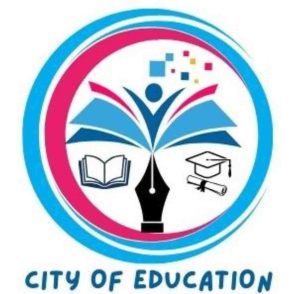To be able to communicate effectively using basic skills of English language for day to day purposes, academic purpose and other specific purposes; to be able to exert creative as well as critical insights to express aesthetically, and to appreciate English literary text; to be able to uphold democratic practice in communication at the individual, social, national and global contexts.
Conceptualisation
Since English is viewed as a foreign language in Bangladesh, the K-12 curriculum of English needs to maintain a balance of focus between real life application and a good understanding of the contexts in which the language learners are going to use English.
This diagram illustrates how English as a subject is conceptualised in this curriculum framework. The centre of the diagram contains the core knowledge and skills required for a learner. In terms of knowledge, it covers linguistics rules along with their use relevant for the local and global contexts. One key skill, interpretability, taps learners’ ability to interpret and understand literal as well as intended meaning of a given verbal or non-verbal text. Another skill is clarity of expression, and it demands the leamers’ ability to express clearly, concisely, distinctively, and appropriately in effective communication. However,

effective communication does not rely only on any particular knowledge and sets of skills, rather it requires contextual understanding and cultural awareness along with a democratic attitude. These three aforesaid components form a mediating lens which leads to the idea of Intercultural Communicative Competence (ICC).
A context sensitive cultural awareness in communication denotes an empathetic attitude, and ensures admiration and appreciation to diverse practice in communication. Consequently, a democratic attitude on part of the language users becomes mandatory as it facilitates a mindset to acknowledge different opinions in communication and the varied ways of expression, as well as the readiness to articulate personal viewpoints.
In terms of English teaching-learning, as a second or foreign language, the prevalent ideas of communicative competence has been questioned in relation to the notion of sociolinguistic competence. The idea of sociolinguistic competence to an extent celebrates the cultural norms and practice embedded in English speaking society. As a matter of fact, language is not a value-free media, rather it carries a particular culture which can create a social hierarchy in relation to English and non-English speaking contexts. In accordance with the presentation of the language itself and the culture associated, it is essential for learners from a non-English speaking context to have a critical insight when learning to communicate in that particular language. That leads to the concept of ICC and it acts like a mediating lens to regulate learner’s interpretation and expression following the linguistic norms, and equip them to practice English in preferred manner.
Through ICC, the core knowledge and skills are mediated for the applications in three major areas which are – real life application, sense of identity, and creative expression. Real life application covers the practice of English in everyday communication, for academic purpose, as well as for other specific purposes. As language is a media to exchange thoughts and emotion, learners need to internalise aesthetic value for creative expression as well as to appreciate the beauty of literature. Additionally, being recognized as an international language, English enables learners to access and appreciate arts and literature from different contexts and culture across the world. Apart from real life application and creative expression, another field of application is unveiled with the language users’ capability to demonstrate a sense of identity in their practice. Learners’ sense of identity equips them with the ability to recognise and evaluate the linguistic norms with regard to the power relation in a particular cultural context; and therefore, empowers them with the ability to prefer appropriate norms over others in accordance with the context. Consequently, it enables the learners to minimise the discriminatory aspects of linguistic practice and promote democratic practice in communication.
It is worthwhile to mention that, existing English curriculum at the primary and secondary levels promotes some of the aspects mentioned above. However, since that curriculum was not competency based, rather mostly focused on contents, this is presumably difficult for both the teachers and learners to relate the activities with the notion those were meant for. On that account, this framework attempts to connect the dots and incorporate an integrated approach in order to decipher the curricular competencies into meaningful classroom activities. This approach aligns it with the recent global trends in ELT with reference to EFL pedagogical context; and thereby, the tenets of critical and post-method pedagogy are contemplated and their implications are embedded in this curriculum framework.
===000===
তথ্যসূত্র : শিক্ষাক্রম রুপরেখা-2021
